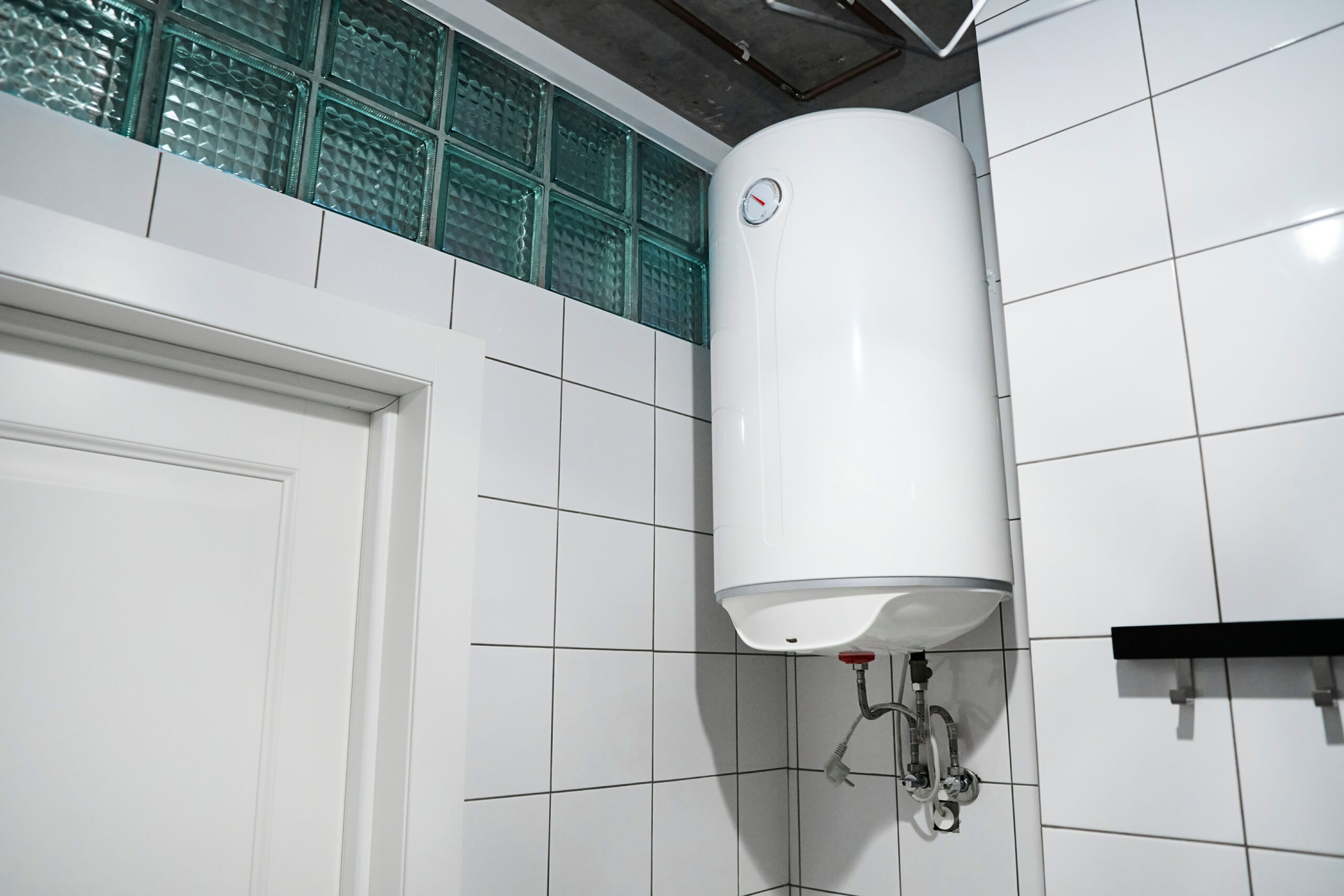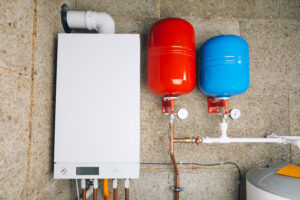
Instantaneous Hot Water System And Hot Water Storage
Having continuous access to hot water is essential for all households to keep up with various chores.
Most houses are likely to come with a preinstalled hot water system. But, while revamping a house or building a space from scratch, the decision of picking a suitable hot water system lies with you.
A traditional option to go with would be a gas-powered storage-based hot water system with enough capacity to sustain the needs of all family members. However, the market has evolved, and we now have something known as the instantaneous or continuous system that never lets you run out of hot water.
The various aspects of picking a hot water system can quickly get confusing, particularly for a first-time homeowner. So, we created this guide to lay down the key differences between instantaneous and storage hot water systems to make the process easier.

Key Differences Between Instantaneous And Storage Hot Water Systems
1. Working Mechanism
Before moving forward, it’s important to know the basic mechanisms of both hot water systems. Most people are already well-acquainted with the traditional storage variant, where the hot water is stored in a tank. The heating in a storage system can be through solar, electric, or gas, depending on the availability of energy sources.
Typically, the tank of a residential hot water system has a capacity between 135 to 170 litres. And the size of a storage tank is based on the number of members present in a family. Rather than just providing heating usage, the system needs to reheat the water as it loses heat over time.
On the other hand, an instantaneous water heater system doesn’t use a tank and instead focuses on providing hot water continuously. That’s why picking this system often rests on the desired flow rate for a household. This system can also be powered by either gas or electricity.
Its mechanism is pretty simple; the heating element starts working when a tap is turned open to provide a steady flow of hot water. Moreover, there is an electronic control unit to maintain the water temperature to prevent it from getting too hot.
Both systems are available in single point and whole-house or multi-point units to provide an adequate hot water supply for the whole household. However, while choosing an instantaneous system, you should ensure that the flow rate isn’t drastically compromised when multiple taps are left open.
2. Energy Consumption
When it comes to energy consumption, the instantaneous hot water system works better as the heating element is only required to work while the tap is turned on. In the case of storage systems, more energy is required to maintain the temperature of the water in the tank.
On that note, instant systems often receive some of the highest energy ratings of 6 or 7 stars, hinting at their ability to run without wasting energy. On the other hand, most storage systems receive a 4 or 5-star rating, which is adequate but not optimal as energy is utilised to keep the water hot.
Needless to say, instantaneous gas hot water systems are thought to be an excellent option for any household due to their high energy efficiency. They are also known to emit up to 75% less CO2 than storage-based units, making them a more eco-friendly option.
3. Size And Aesthetics
As you might have already guessed, instantaneous hot water systems take less space than traditional storage hot water systems. For the latter variant, you’ll need to make enough space in your house to fit the massive tank that carries up to 170 litres of water.
The total instant system is often enclosed in a wall-mounted box that won’t look out of place in your home or use too much space. Furthermore, due to the reduced size and space-saving feature, instantaneous hot water systems are preferred for small houses and apartments.
4. Lifespan
One of the reasons people still gravitate towards the traditional storage hot water system is its long lifespan. The average is taken to be around 10-15 years, and most come with a warranty of 5-10 years. But, there’s no need to worry as instantaneous systems have matched it up, and the latest models can last up to 20 years.
You should note that the lifespan of a hot water system can vary based on factors like maintenance, the extent of use, and the quality of water. Moreover, both storage and instant variants require occasional cleaning and upkeep to ensure a long lifespan.
5. Health And Safety
A common concern with storage hot water systems is the growth of bacteria in the tanks. When cleaning isn’t done regularly, this can escalate into a problem in which your health is compromised. Moreover, the World Health Organisation recommends maintaining a temperature of 60°C to prevent bacteria growth, especially Legionella pneumophila.
And since they do not require storage tanks, many people opt for instantaneous gas hot water systems to be on the safer side. Also, such units make it easier to set a comfortable temperature to avoid accidental scalding.
6. Price
When comparing the price, the upfront cost of installing an instant hot water system is more than getting one with a storage tank. But, the price may also depend on how advanced the system is, along with the desired flow rate and points of connection. You should also note that systems with a higher energy efficiency rating often cost more than those with fewer stars.
Final Words
That’s everything we had to tell you about the differences between instantaneous and storage hot water systems. We hope that this guide will help you choose a system that works best for your home.
If in doubt, don’t forget to take help from professional plumbers as they can provide the best advice when choosing a suitable system based on your needs. You can also consult them to improve the efficiency of an existing hot water system.
Moreover, when comparing the prices, don’t forget to consider the factor of recurrent energy and maintenance costs. Until next time!